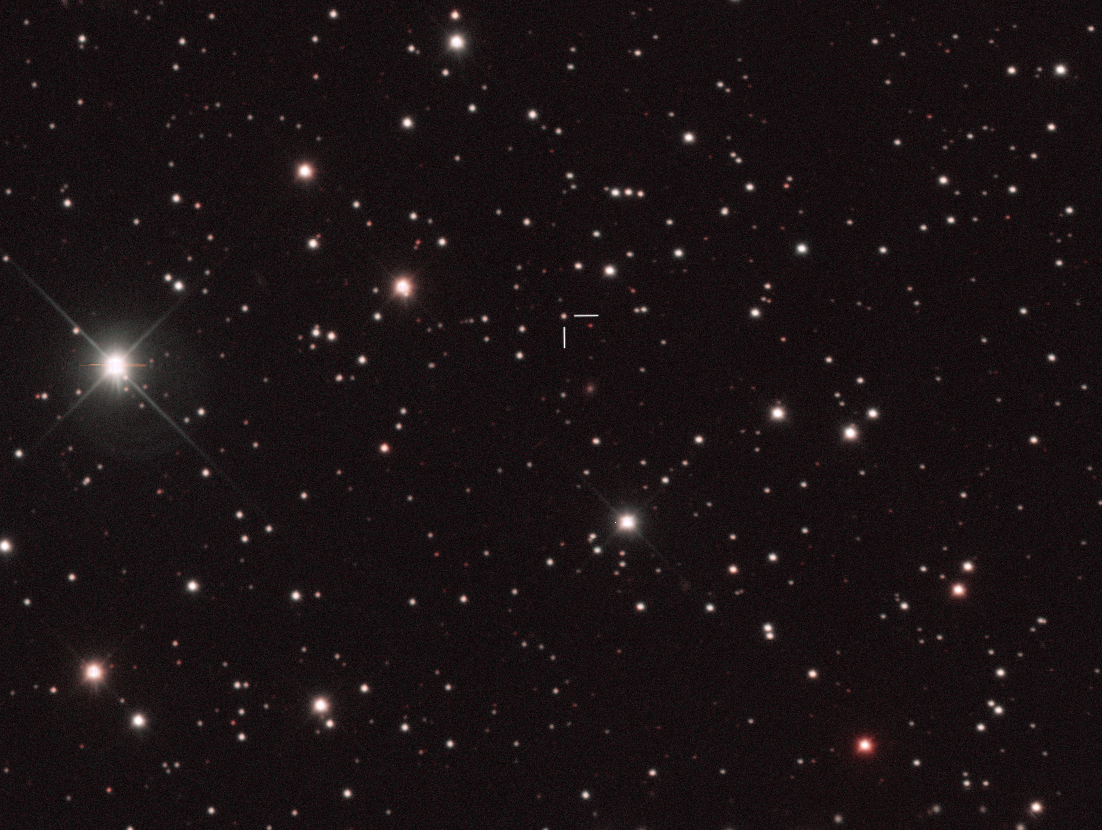A0620-00 on:
[Wikipedia]
[Google]
[Amazon]
A0620-00 (abbreviated from 1A 0620-00) is a  A0620-00 has undergone two
A0620-00 has undergone two
binary star
A binary star or binary star system is a system of two stars that are gravitationally bound to and in orbit around each other. Binary stars in the night sky that are seen as a single object to the naked eye are often resolved as separate stars us ...
system in the constellation
A constellation is an area on the celestial sphere in which a group of visible stars forms Asterism (astronomy), a perceived pattern or outline, typically representing an animal, mythological subject, or inanimate object.
The first constellati ...
of Monoceros
Monoceros ( Greek: , "unicorn") is a faint constellation on the celestial equator. Its definition is attributed to the 17th-century cartographer Petrus Plancius. It is bordered by Orion to the west, Gemini to the north, Canis Major to the s ...
, with an apparent magnitude
Apparent magnitude () is a measure of the Irradiance, brightness of a star, astronomical object or other celestial objects like artificial satellites. Its value depends on its intrinsic luminosity, its distance, and any extinction (astronomy), ...
of 11.2.
A0620-00 consists of two objects. The first object is a K-type main-sequence star
A K-type main-sequence star, also referred to as a K-type dwarf, or orange dwarf, is a main-sequence (hydrogen-burning) star of spectral type K and luminosity class V. These stars are intermediate in size between red M-type main-sequence stars ...
. The second object cannot be seen, but based on its calculated mass of about , it is too massive to be a neutron star
A neutron star is the gravitationally collapsed Stellar core, core of a massive supergiant star. It results from the supernova explosion of a stellar evolution#Massive star, massive star—combined with gravitational collapse—that compresses ...
and must therefore be a stellar-mass black hole
A black hole is a massive, compact astronomical object so dense that its gravity prevents anything from escaping, even light. Albert Einstein's theory of general relativity predicts that a sufficiently compact mass will form a black hole. Th ...
. The two objects orbit each other every 7.75 hours. At a distance of roughly away, the black hole of A0620-00 would be one of the nearest known black holes to the Solar System
The Solar SystemCapitalization of the name varies. The International Astronomical Union, the authoritative body regarding astronomical nomenclature, specifies capitalizing the names of all individual astronomical objects but uses mixed "Sola ...
, closer than GRO J1655-40.
 A0620-00 has undergone two
A0620-00 has undergone two X-ray
An X-ray (also known in many languages as Röntgen radiation) is a form of high-energy electromagnetic radiation with a wavelength shorter than those of ultraviolet rays and longer than those of gamma rays. Roughly, X-rays have a wavelength ran ...
outbreaks. The first one was in 1917. The second burst, in 1975, was detected by the Ariel 5 satellite. During that time, A0620-00 was the brightest X-ray point source. It is now classified as an X-ray nova. Its black hole nature was determined in 1986.
The black hole in A0620-00 pulls matter from the K-type star into an accretion disk
An accretion disk is a structure (often a circumstellar disk) formed by diffuse material in orbital motion around a massive central body. The central body is most frequently a star. Friction, uneven irradiance, magnetohydrodynamic effects, and ...
. The accretion disk emits significant amounts of visible light and X-rays. Because the K-type star has been pulled into an ellipsoid
An ellipsoid is a surface that can be obtained from a sphere by deforming it by means of directional Scaling (geometry), scalings, or more generally, of an affine transformation.
An ellipsoid is a quadric surface; that is, a Surface (mathemat ...
al shape, the amount of surface area visible, and thus the apparent brightness, changes from the Earth's perspective. A0620-00 also bears the variable star designation
In astronomy, a variable-star designation is a unique identifier given to variable stars. It extends the Bayer designation format, with an identifying label (as described below) preceding the Latin genitive of the name of the constellation in whic ...
V616 Monocerotis.
Stephen Hawking memorial broadcast
On 15 June 2018, a signal was transmitted from theEuropean Space Agency
The European Space Agency (ESA) is a 23-member International organization, international organization devoted to space exploration. With its headquarters in Paris and a staff of around 2,547 people globally as of 2023, ESA was founded in 1975 ...
big radio antenna at Cebreros Station (77 kilometers west of Madrid, Spain), in memory of Stephen Hawking
Stephen William Hawking (8January 194214March 2018) was an English theoretical physics, theoretical physicist, cosmologist, and author who was director of research at the Centre for Theoretical Cosmology at the University of Cambridge. Between ...
, who died on 14 March 2018, and his work on the physics of black holes. The broadcast will travel the 3,457-light-year distance at the speed of light
The speed of light in vacuum, commonly denoted , is a universal physical constant exactly equal to ). It is exact because, by international agreement, a metre is defined as the length of the path travelled by light in vacuum during a time i ...
and will arrive in the year 5475; this will be the first-ever human interaction with a currently known black hole. 1A 0620-00 was chosen for this broadcast as it was the closest known black hole to Earth at the time.
The message was one of peace and hope according to his family.
References
External links
* {{DEFAULTSORT:A0620-00 X-ray binaries Stellar black holes K-type main-sequence stars Monoceros Monocerotis, V616 Rotating ellipsoidal variables